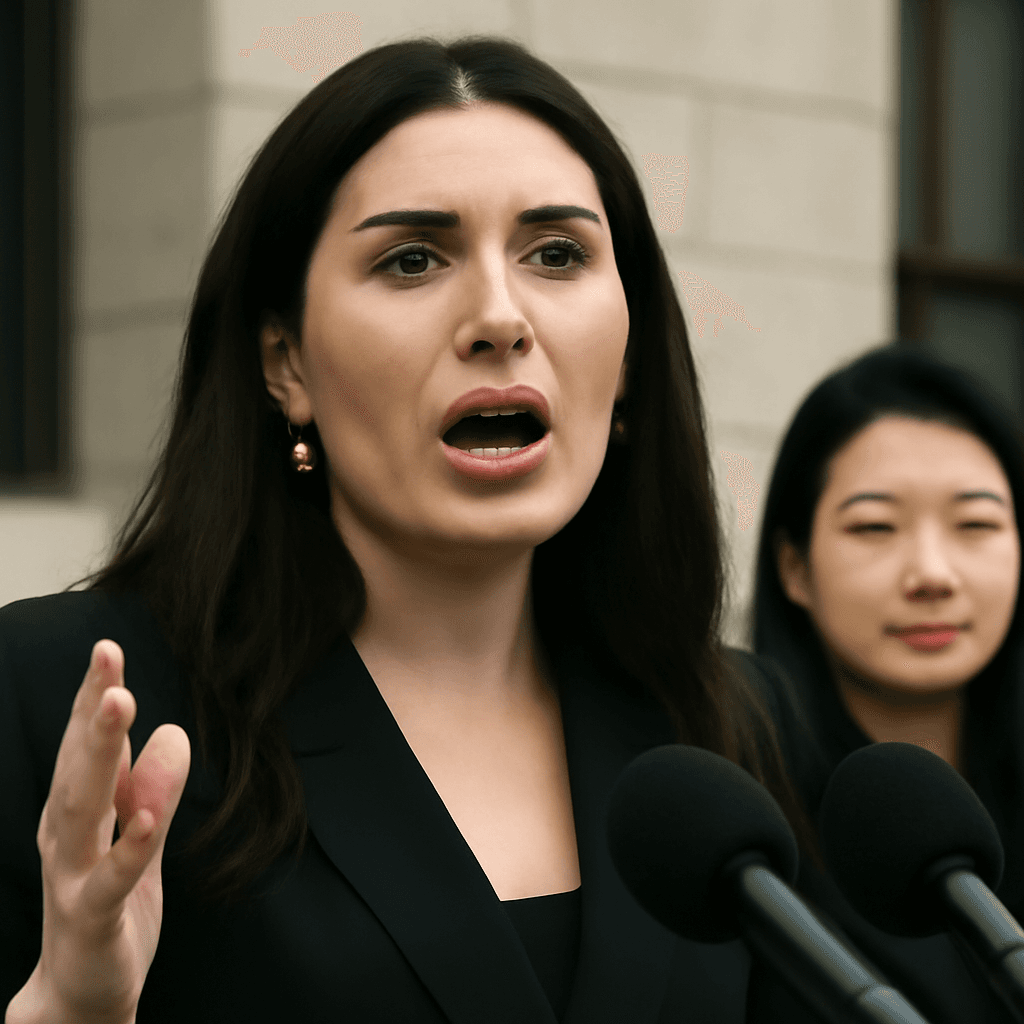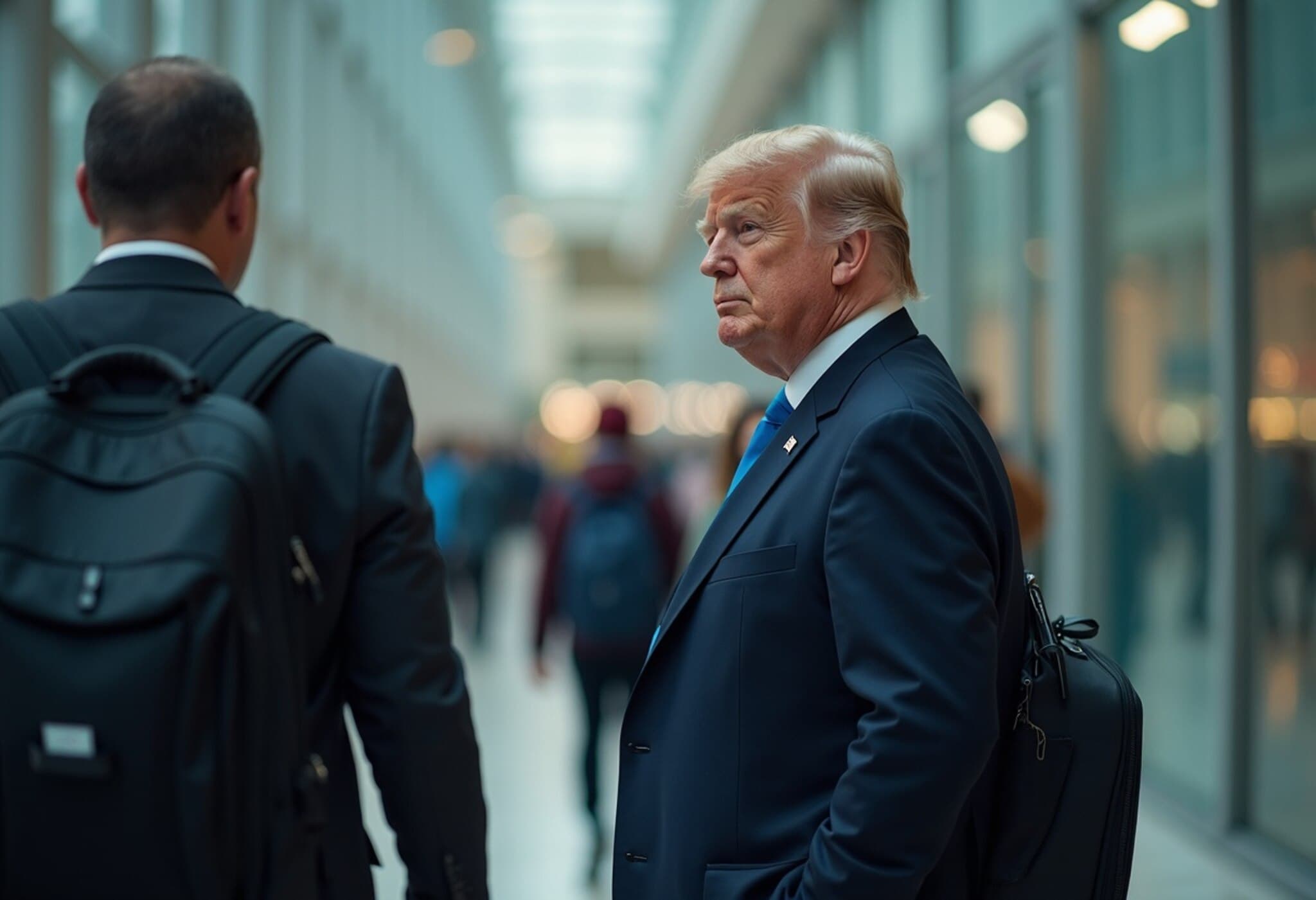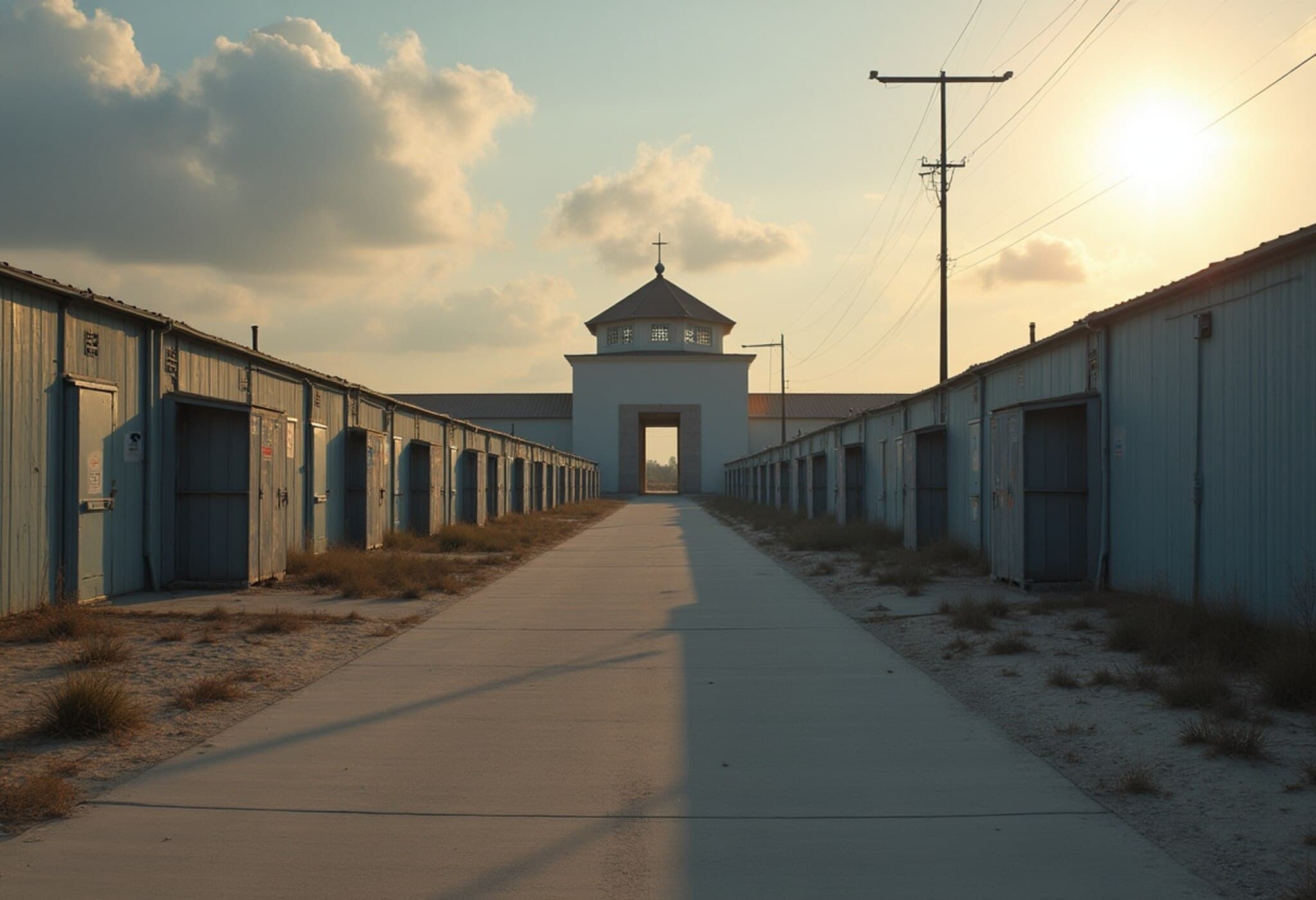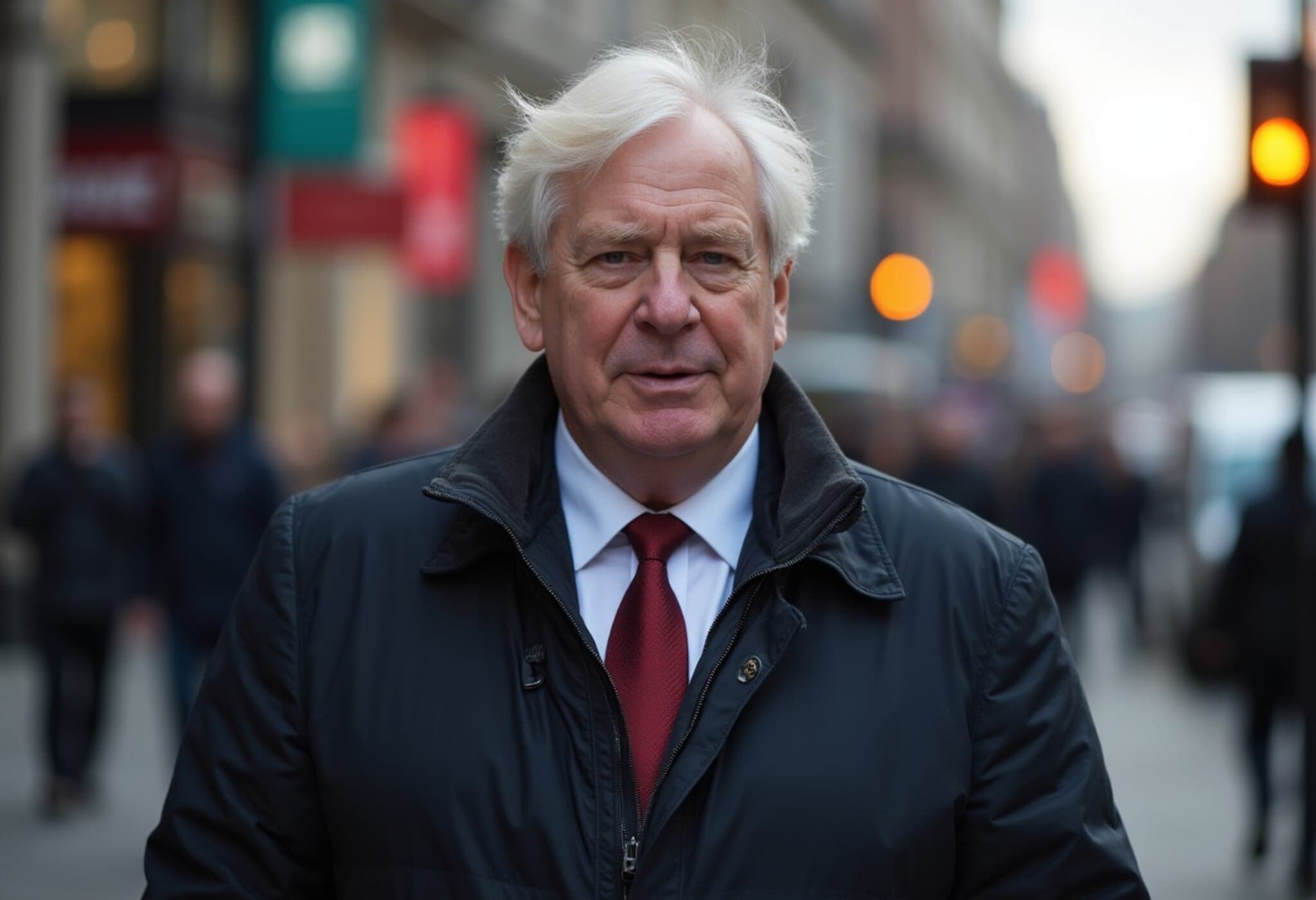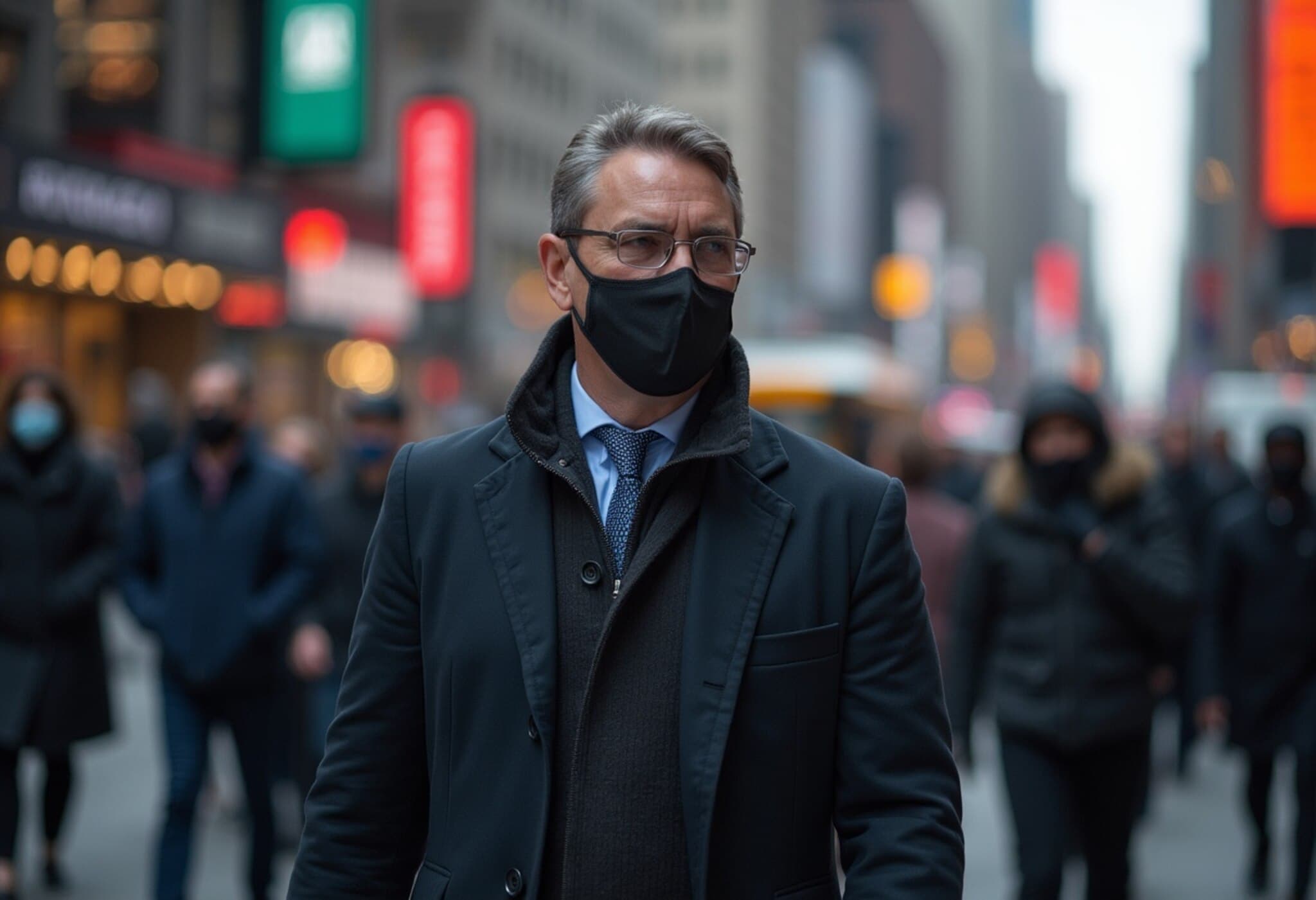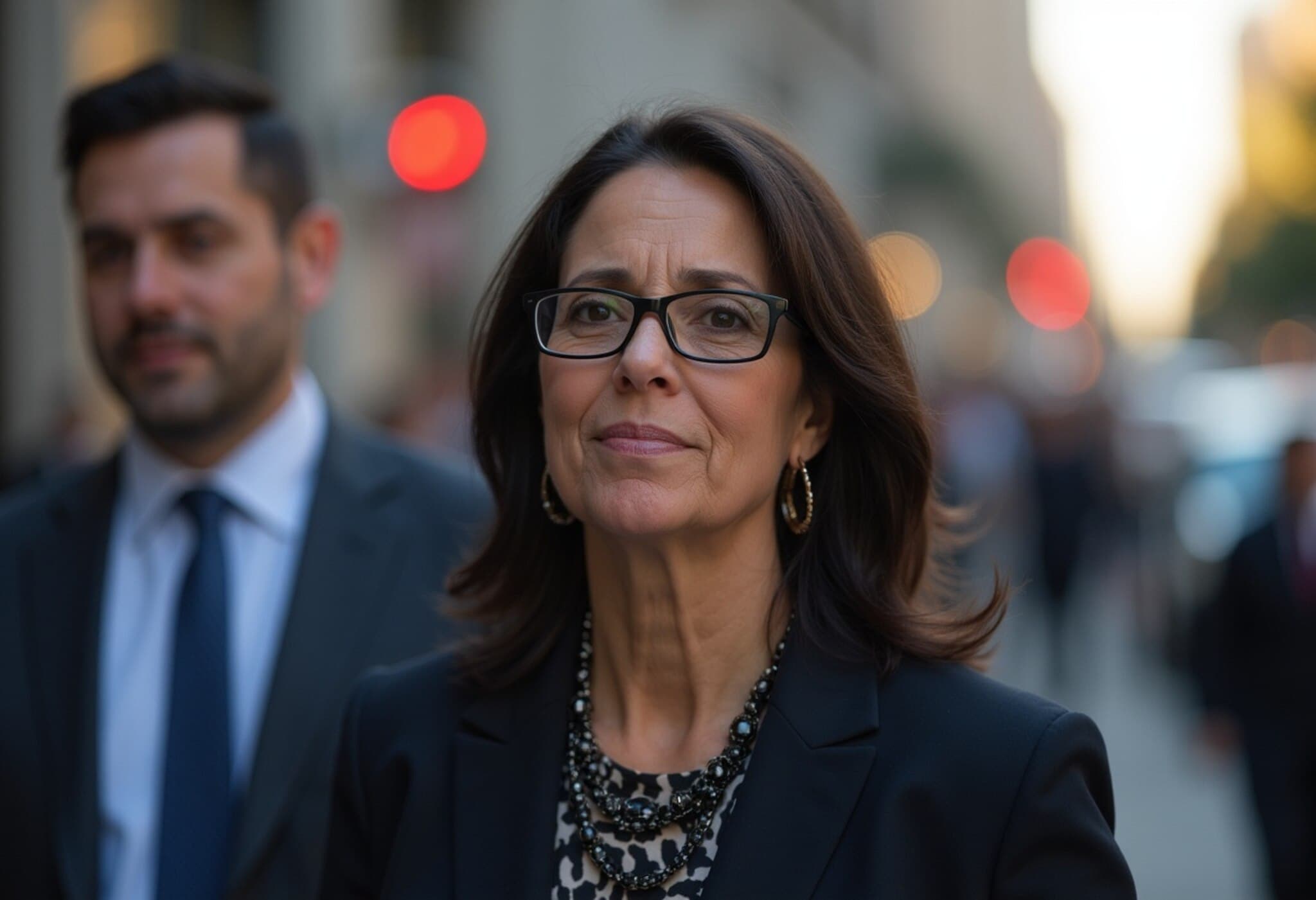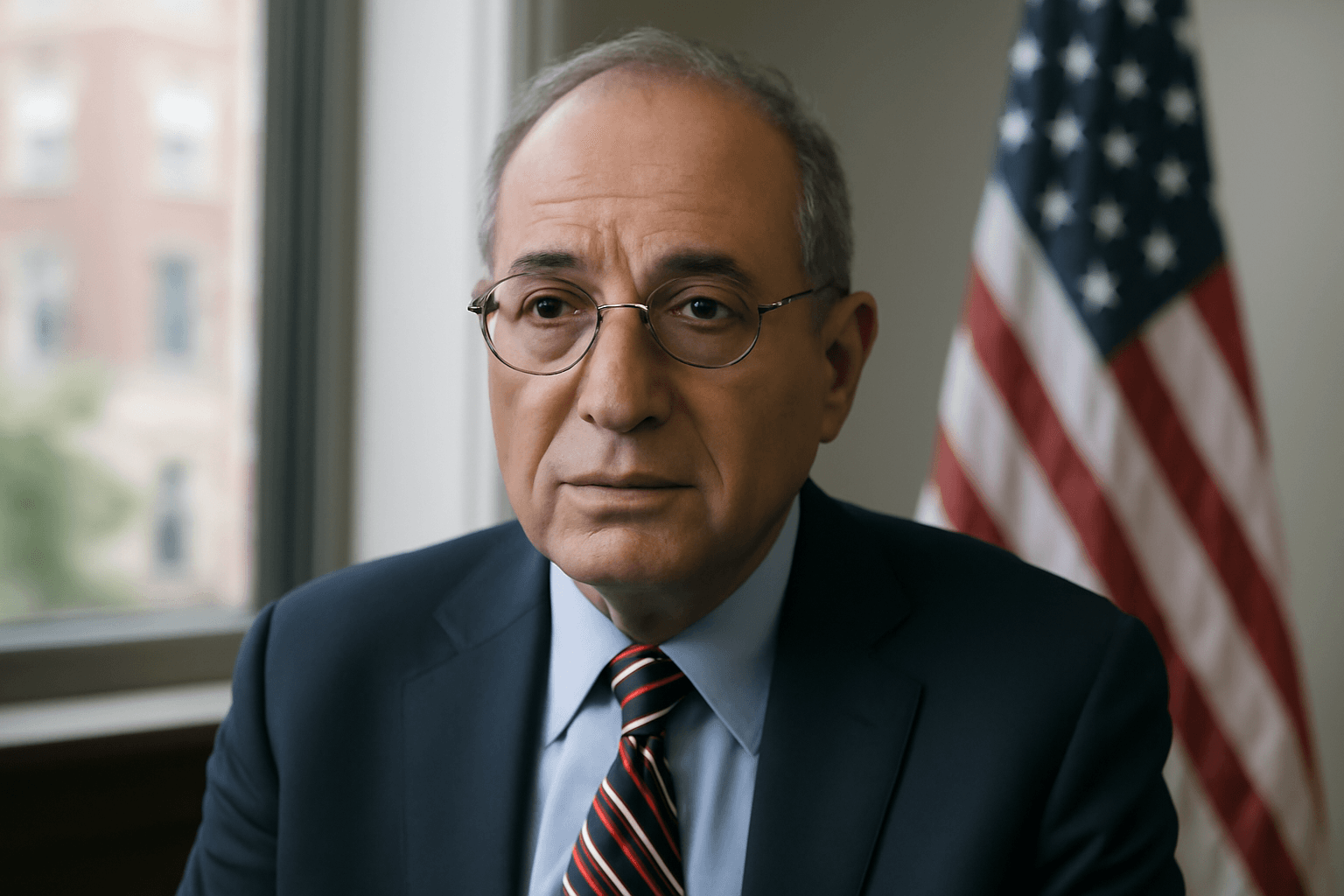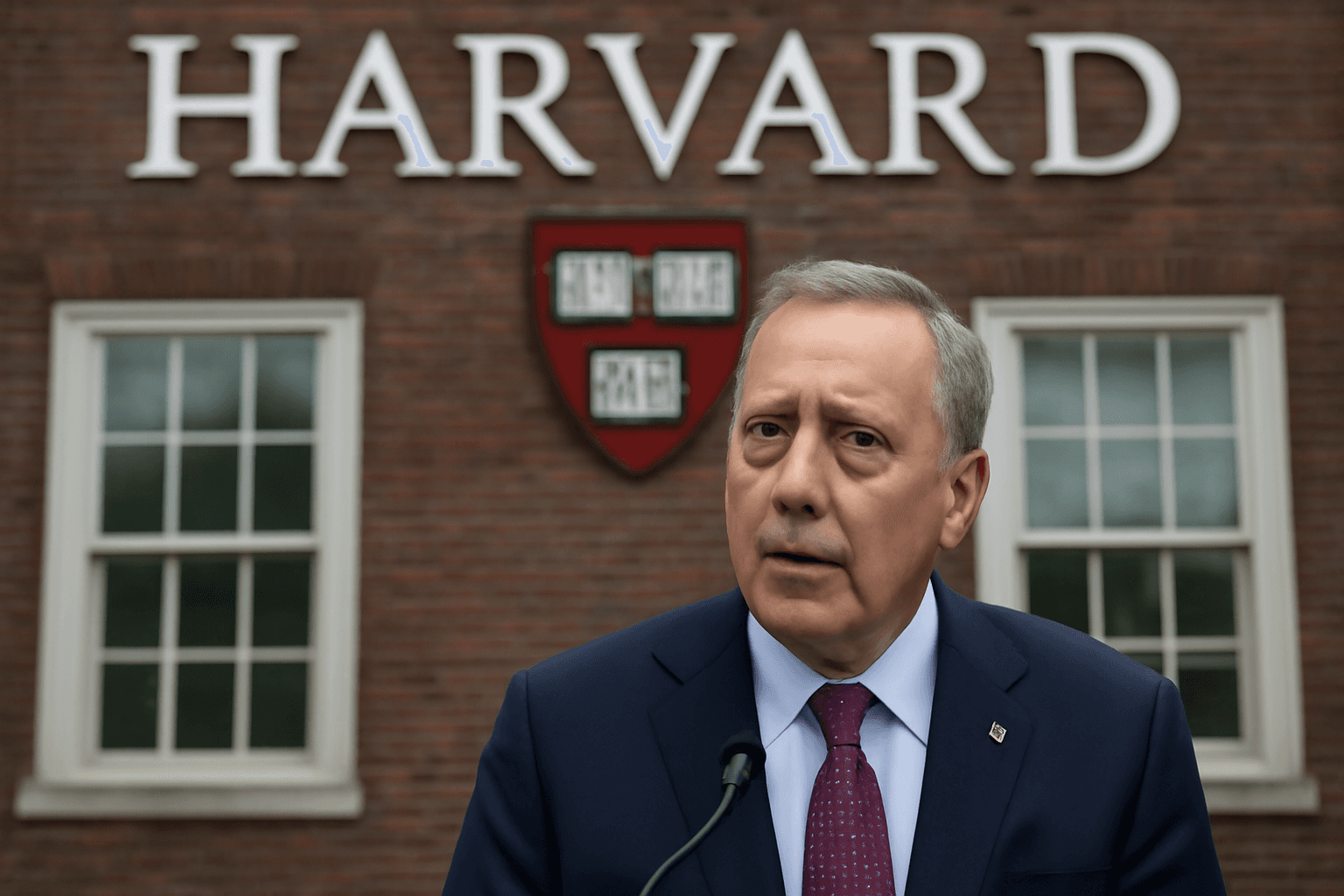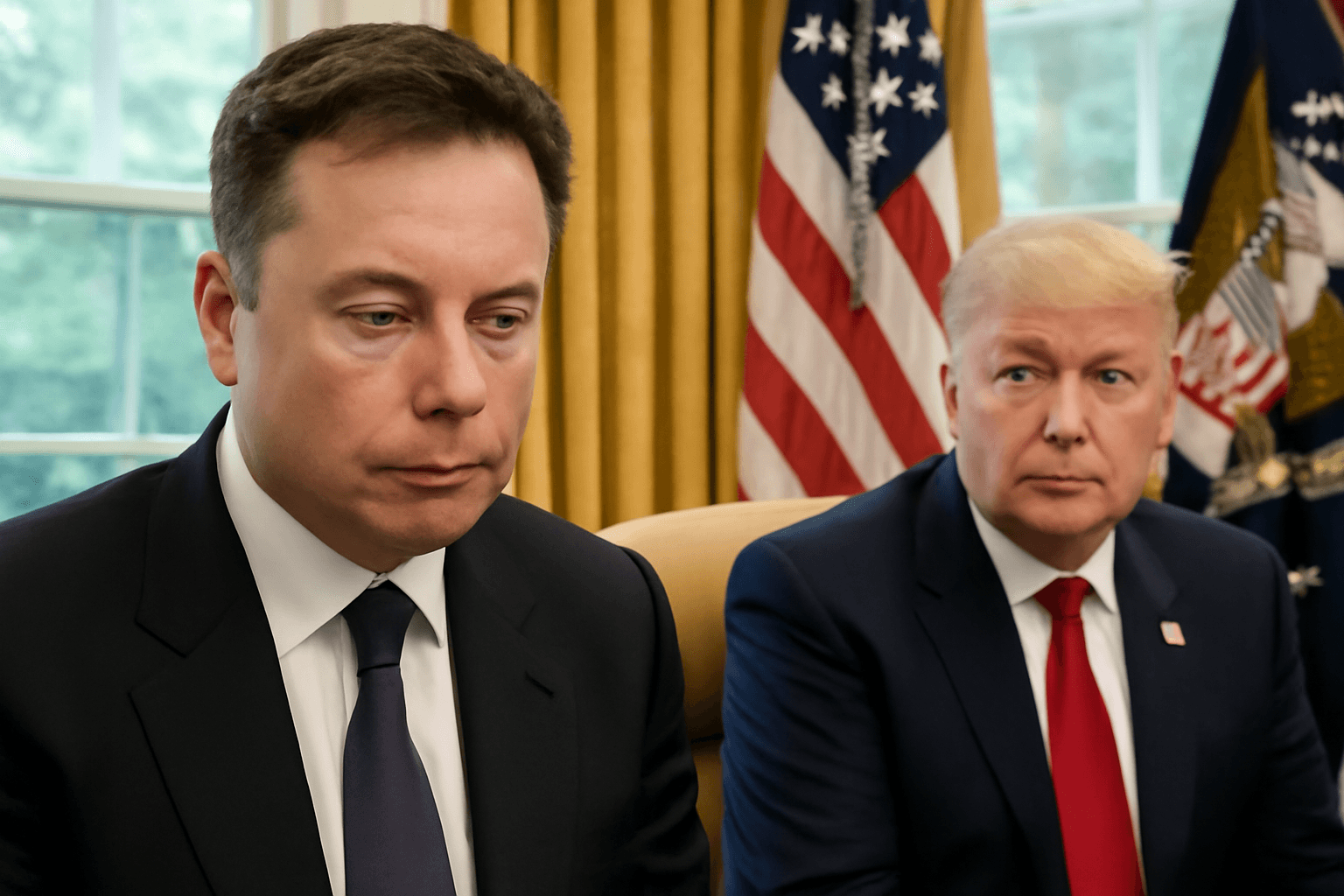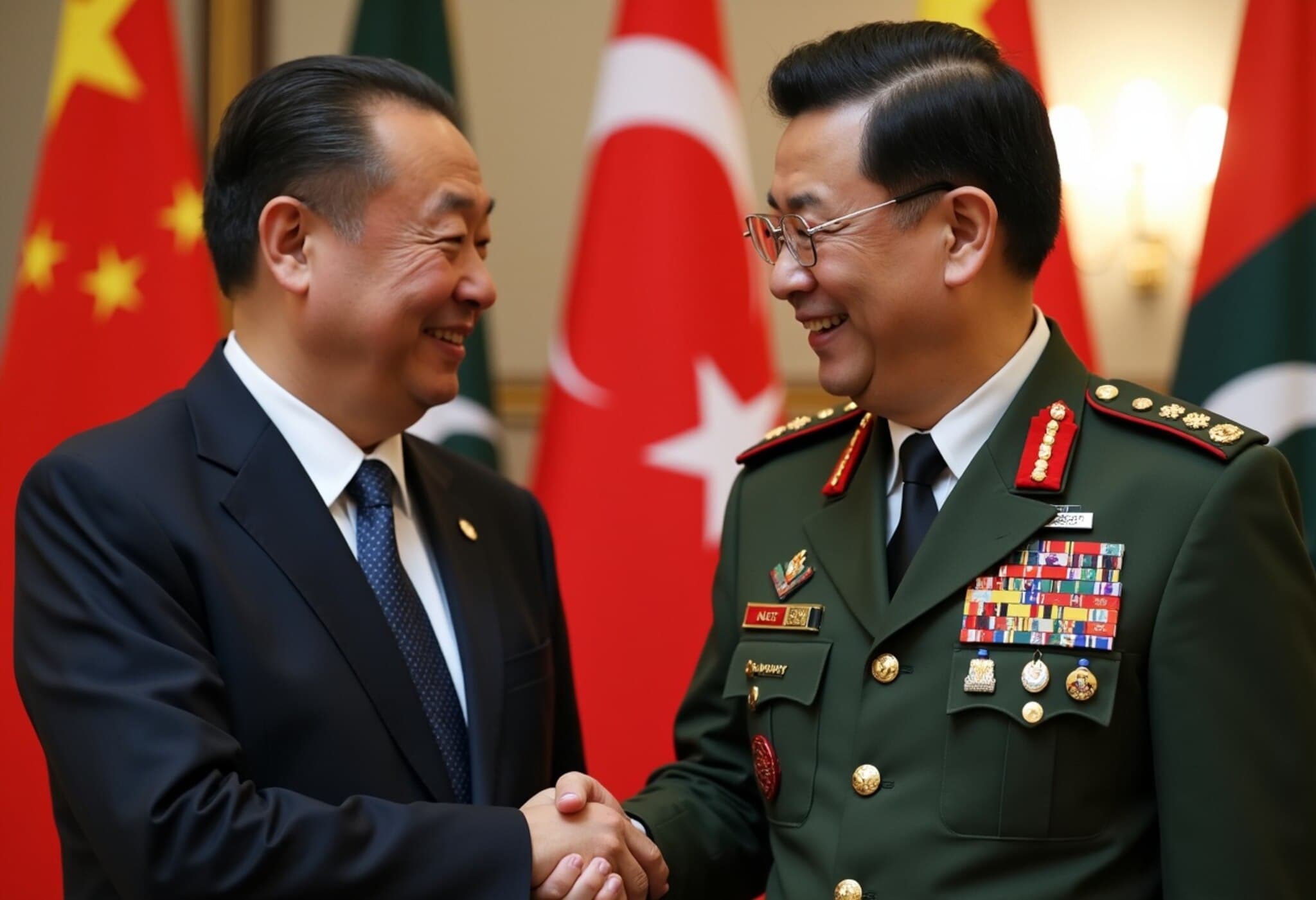Trump Administration Targets NYC Sanctuary Policies in Federal Lawsuit
In a bold legal maneuver, the Trump administration has escalated its pushback against sanctuary city policies by filing a federal lawsuit against New York City. The lawsuit, announced by U.S. Attorney General Pamela Bondi, claims that New York City's longstanding sanctuary status obstructs federal immigration enforcement and jeopardizes public safety—accusing the city of releasing thousands of individuals with criminal records back onto the streets.
The Incident That Sparked the Lawsuit
The legal action was triggered by a dramatic incident involving an off-duty U.S. Customs and Border Protection officer who was shot in the face and arm during a confrontation beneath Manhattan's George Washington Bridge. The suspects were reported to have entered the United States illegally from the Dominican Republic and had multiple prior arrests. Critically, the lawsuit alleges one suspect had been released despite an active immigration detainer, linking this directly to New York City's sanctuary policies.
Legal Basis: Federal Supremacy vs. Local Autonomy
The lawsuit names Mayor Eric Adams, Police Commissioner Jessica Tisch, and other city officials, challenging policies that prevent local law enforcement from honoring civil immigration detainers. These detainers are requests to hold individuals past their release dates so that federal immigration authorities can assume custody. The administration invokes the Supremacy Clause of the U.S. Constitution, arguing that New York City's policies unlawfully interfere with federal immigration enforcement.
The complaint explicitly accuses the city of taking a deliberate stance against federal law enforcement: “New York City has long been at the vanguard of interfering with enforcing this country’s immigration laws.”
Historical Context: Sanctuary Policy Evolution
New York City's sanctuary policy dates back over three decades, to 1989, reflecting a tradition of protecting undocumented immigrants from federal immigration enforcement. Over time, these policies have become more entrenched, with city officials emphasizing community trust and public safety through local policing rather than federal immigration interventions.
City’s Response: Balancing Sanctuary Values and Safety Concerns
Mayor Eric Adams expressed support for the core principles of sanctuary policies but highlighted the need to reassess them in cases involving violent offenders. According to city spokesperson Kayla Mamelak Altus, the mayor has urged the City Council to revisit these policies with the aim of cooperating more effectively with federal authorities to enhance public safety—although the Council has yet to act.
Adding to the discourse, the New York Civil Liberties Union (NYCLU) condemned the lawsuit as an overreach, framing it as part of an aggressive federal immigration crackdown. NYCLU Executive Director Donna Lieberman highlighted the benefits sanctuary policies bring to the city’s safety and economic vitality, stating, “The city isn’t obligated to divert resources for the Trump regime’s cruel and lawless deportation campaign.”
Broader National Pattern: Targeting Sanctuary Jurisdictions
This lawsuit is not an isolated case. The Trump administration has aggressively challenged sanctuary policies nationwide, filing similar suits against states and cities such as New York State, Rochester, Colorado, and Los Angeles. These legal battles underscore a fundamental tension in U.S. immigration policy, pitting federal authority against local jurisdictions committed to protecting immigrant communities.
Expert Insight: The High-Stakes Clash Between Federal and Local Immigration Policies
From a legal and policy perspective, this lawsuit embodies the ongoing struggle over immigration enforcement in the United States. The federal government’s reliance on the Supremacy Clause aims to assert primacy over immigration control, a responsibility granted by the Constitution. However, cities like New York argue that sanctuary policies serve broader public safety goals by fostering trust between immigrant communities and local police.
Experts suggest that these conflicts raise critical questions about the balance between enforcing immigration laws and maintaining community cohesion and public trust. Overly aggressive immigration enforcement can drive vulnerable populations underground, potentially undermining crime reporting and cooperation with law enforcement.
Economically, sanctuary cities often highlight how protecting undocumented immigrants can contribute positively to local economies through labor participation and entrepreneurship. Conversely, federal officials emphasize accountability and rule of law as paramount.
What Lies Ahead?
The outcome of this lawsuit could reshape the future of sanctuary city policies across the country. A ruling against New York City might embolden the federal government to impose stricter conditions on federal funding to local jurisdictions or compel policy overhauls nationwide. Alternatively, a city victory would affirm local autonomy in immigration enforcement and protect sanctuary policies as vital community protections.
Key Takeaways
- Sanctuary city policies are at the heart of a fierce legal fight between New York City and the federal government.
- A recent violent shooting involving released noncitizens has intensified scrutiny over these policies.
- The lawsuit invokes the Supremacy Clause, arguing local laws interfere with federal immigration enforcement.
- The city maintains sanctuary policies promote community safety and economic stability but signals willingness to reassess policies concerning violent offenders.
- Legal experts note the broader implications for federalism, public safety, and immigrant rights nationwide.
Editor’s Note
This lawsuit illuminates the deep and enduring divide in U.S. immigration policy: a clash between federal priority on enforcement and local commitments to immigrant protection. As policymakers, courts, and communities grapple with these complexities, questions remain about how best to ensure public safety while upholding human dignity and trust in law enforcement. Readers are encouraged to consider how sanctuary policies impact not only legal frameworks but also the social fabric of diverse urban communities.


